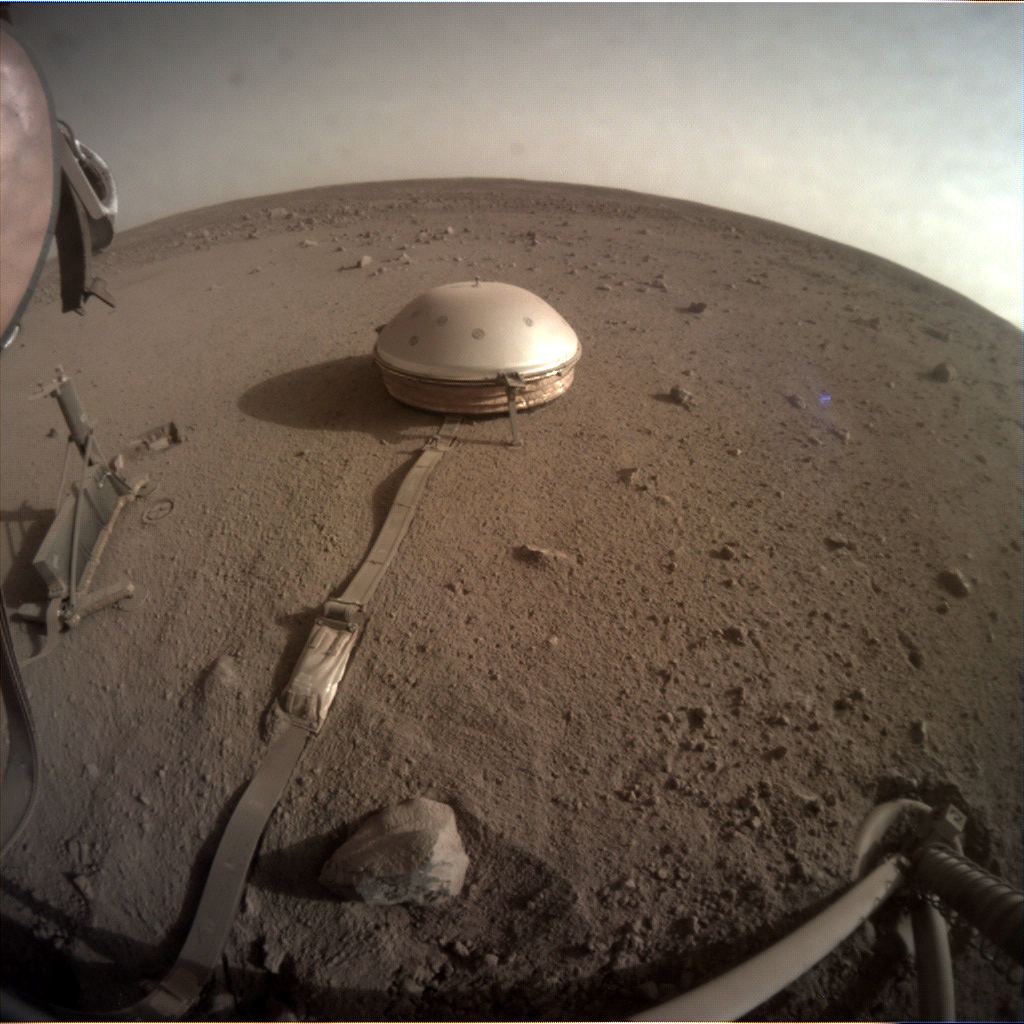NASA’s Perseverance Rover has left Mount Washburn behind and arrived at its next destination, Bright Angel. It found an unusual type of rock there that scientists are calling ‘popcorn rock.’ The odd rock is more evidence that water was once present in Jezero Crater.
Continue reading “Perseverance Found Some Strange Rocks. What Will They Tell Us?”Perseverance Found Some Strange Rocks. What Will They Tell Us?










